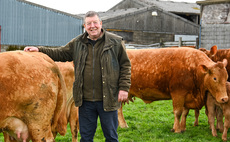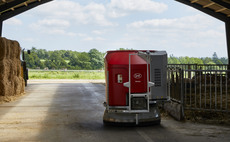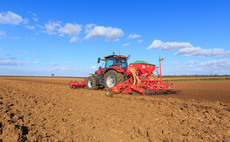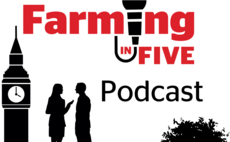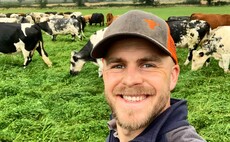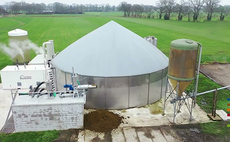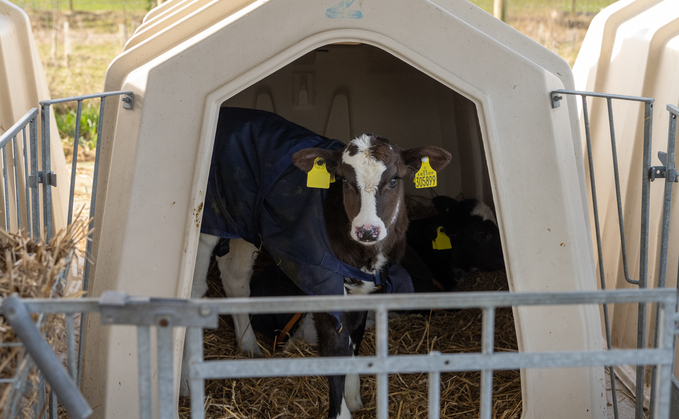
Healthy calves are the future of any dairy herd, and so they deserve the best management, informed by the latest research and advice. Where farmers make the best management decisions and implement these effectively, their investment will be repaid when heifers go on to thrive in the milking herd.
Central to producing healthy, productive and long lived animals are genetics, nutrition, health and hygiene and each element can have a significant impact on animal welfare and the bottom line.
The Role of Genetics
It all starts with genetics which strongly influence almost every aspect of the performance of a dairy cow from fertility to feed efficiency and from conformation to longevity.
Choosing the right genetics for the next generation of dairy replacements is one of the most important decisions, and advancements in genomics.
Rob Horn, Neogen's Technical Sales Specialist says genomic profiling offers substantial benefits to the farm business because of the detailed information it provides.
"Genomics relies on scientific analysis of the DNA sequence provided by a tissue sample taken from a calf as young as two days old." he says.
Genomics not only provides information about the potential of each animal in terms of a range of different traits.
"Each farm is different and genomics can be used to target the traits which are most relevant to the herd, whether it is milk yield, fertility, longevity, milk components or many more. Those females which score the highest for the desired traits can be chosen as replacements and served with sexed semen, whereas the poorer scoring animals can either be served to beef or could be sold off farm," Mr Horn explains.
Ensuring that replacements are healthy and free of endemic diseases such as BVD is vital. Neogen offers a BVD test in combination with the genomic testing and Mr Horn points to the cost savings which can arise from identifying any persistently infected (PI) animals at a very young age.
"The results of the BVD test are available within a couple of days, before further testing, so infected samples can be removed thus avoiding unnecessary expenditure on genomic testing. It costs around £1800 to rear a calf so an early positive BVD result can lead to a considerable saving."
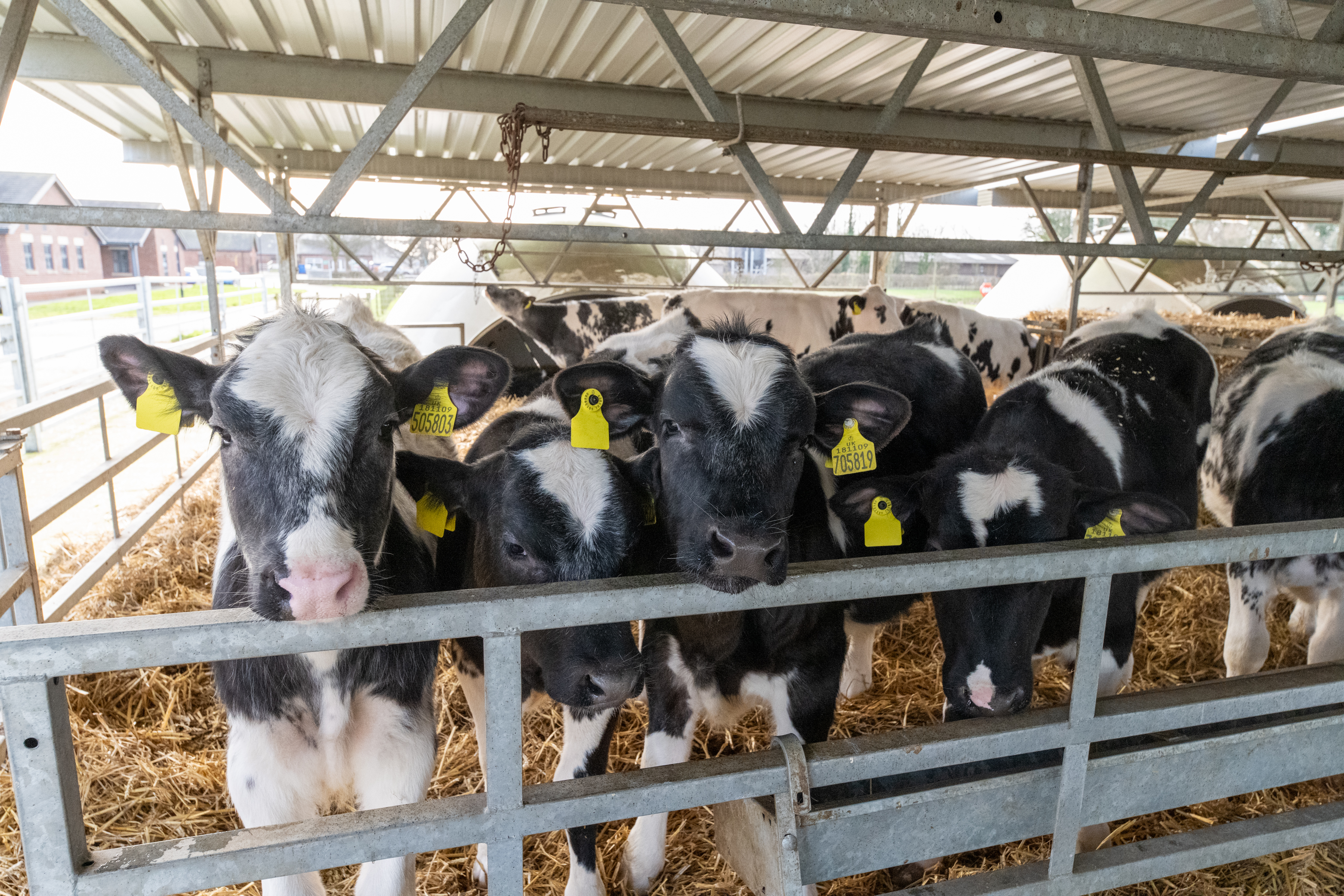
Effective hygiene protocols for reducing scours
Preventing disease in dairy calves is critical if they are to reach their potential as many commonly occurring infections in calves can have implications for the long term wellbeing of these animals.
Scour is the most common disease in young calves, responsible for almost 50 percent of calf deaths in the UK. There are a number of different infectious organisms which can cause scours including Cryptosporidiosis, Rotavirus, Coccidiosis, coronavirus and E. Coli and they can all compromise growth rates and long term health.
The implementation of simple hygiene protocols is effective in reducing the occurrence of scours, according to Kate Ingram, a vet with Virbac.
"Over-stocking is a risk factor for scouring and ideally, calves should be housed in small, similar aged groups. Calves should be kept in well ventilated buildings which are free from draughts and they should have plenty of clean, dry, bedding with soiled material removed from pens.
"An ‘all in, all out' system between batches of calves is preferable. Calf equipment should be cleaned using hot water, disinfected and allowed to dry between each use.
"Isolating any calf which is scouring or shows other signs of ill health is imperative," Ms Ingram adds.
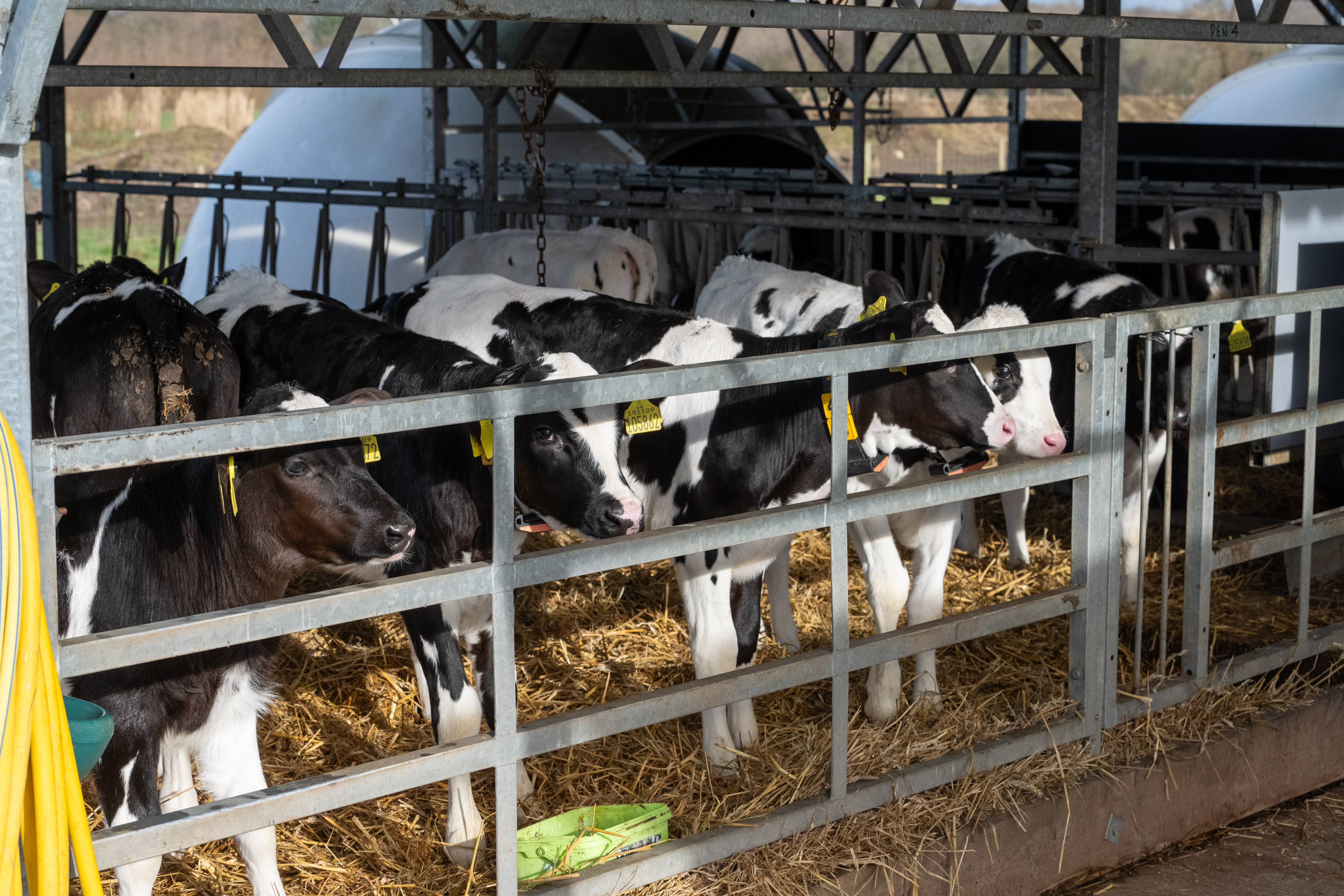
Vaccination and Colostrum Management
Alongside these measures, vaccinating cows any time from twelve weeks and up to three weeks before calving is a very effective way of protecting the cow's calf from rotavirus, coronavirus and E.coli.
"Research has shown the colostrum of vaccinated cows contains high concentrations of specific antibodies to combat infectious scour in their calves in the critical first few months of life.
"Vaccination works via the transfer of passive immunity. Calves receive protection by consuming the vaccinated cow's colostrum. To ensure maximum efficacy, farmers must pay attention to detail when managing and feeding colostrum, calves should receive 10-12per cent of its bodyweight in good quality, clean colostrum ideally within 2 hours. and definitely withing 6 hours of birth." Ms Ingram points out.
Optimum nutritional intake both up to and after weaning is paramount if calves are to achieve desired growth rates and herd production targets.
Adequate levels of trace elements not only boost the animal's immune system but are important for on all aspects of growth and development.
Ms Ingram advises that trace elements should be part of a high quality feeding regime and this should always include four of the most important minerals: zinc, copper, manganese and selenium.
Importance of Milk replacer in early development
Up until the age of between four and five weeks, calves are monogastric and are only able to properly digest milk. The quality and quantity of the milk replacer fed to calves will have a significant impact on the development of the gastro-intestinal tract, Trouw Nutrition's Dr Aaron Brown says.
"The neonatal calf's system is designed to efficiently digest and absorb nutrients in milk. Calves can consume large amounts which, through optimising nutrient intake, accelerates development of the entire digestive tract.
"Feeding calves milk replacer as close to appetite as possible increases the calf's ability to consume and digest solid feed in the later stages of life. It has also been shown to aid the development of the key organs in calves, including the liver, kidneys, heart and mammary tissue.
"This initial eight week period is a limited window of opportunity for organ development and it is also the time when feed conversion is most efficient. Calves will typically put over half the energy from the feed they consume to growth during this time.
"While feed costs fall after weaning, so does feed conversion efficiency so feeding to appetite during the first few weeks of a calf's life is most cost effective when considering whole lifecycle impact," Dr Brown says.
There is a common misconception that feeding less milk replacer during the first few weeks of life will encourage intakes of starter ration but this is not the case, Dr Brown confirms as calves will not generally take it at this age.
Promoting higher milk intakes pre-weaning boosts immunity, enabling calves to better fight off the infections which cause scours, the most common cause of mortality in calves under one month old.
"Investing in a high intake, high quality nutritional programme in early life will improve calf health, increase daily lifetime yield through earlier entry in the milking herd, increased productivity in lactation and cow longevity."
Promoting Calf Health
1. Check calves at least twice a day – are calves healthy?
2. It is a legal requirement to feed calves under 28 days of age at least two liquid feeds a day
3. Provide fresh, clean water at all times
4. Identify common problems early
5. Make preventative or corrective measures
6. Record and monitor early signs of disease – discharge from eyes or nose, cough, dirty hindquarters and scour
7. Treat if necessary in accordance with advice from your vet.
Don't leave it too late. Remember, loss of appetite and not drinking milk is often a late sign of disease.
For more information scan the QR code








